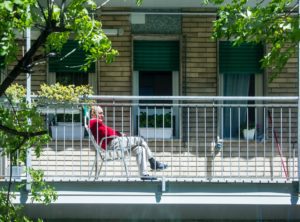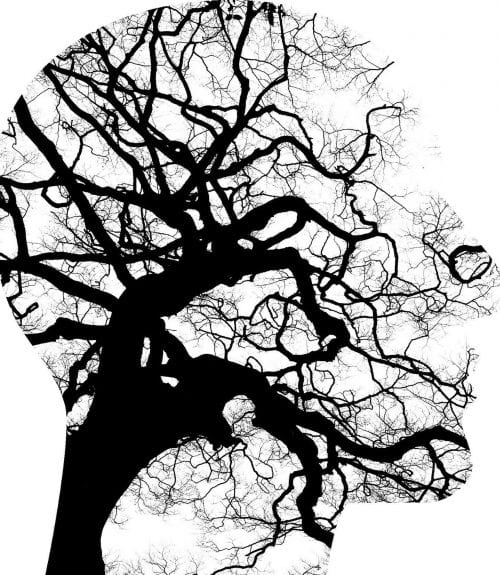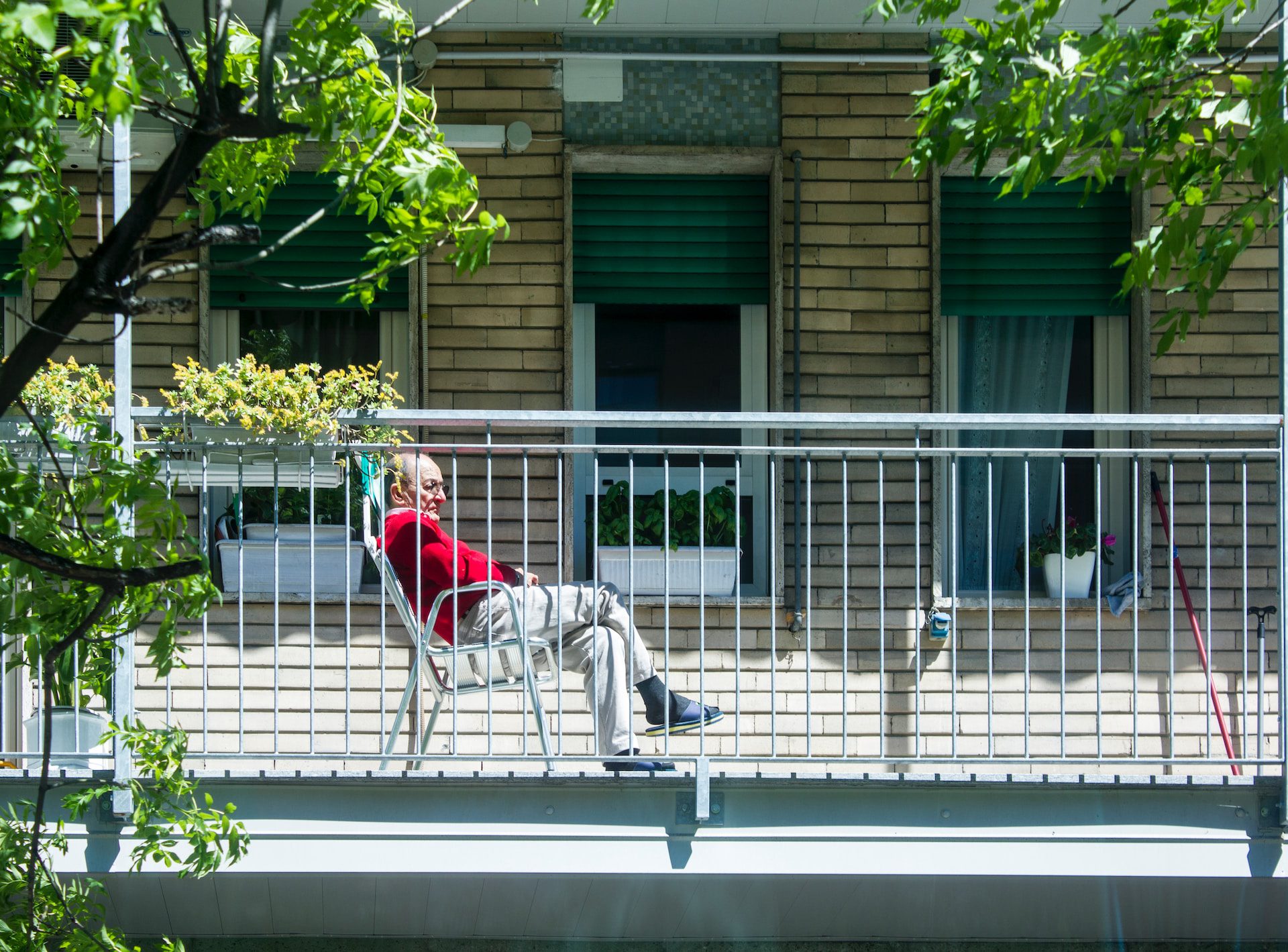Ways to Manage Seasonal Depression


For most with SAD, the symptoms start to occur around October or November and can get significantly more severe around January and February. So, as we’re heading into those months with more severe symptoms, here are some ways you can try and manage your seasonal depression:
Spend More Time Outside
Because it gets dark so early in the evenings, our bodies’ biological clocks shift and cause irregular sleep and depression. By spending more time outside, you can get more natural winter sunlight and help regulate your biological clock. Spending more time outside and amongst nature is also generally mood-lifting for most people.
Try Bright Light Therapy
Bright light therapy involves exposure to full-spectrum light from bright lamps that imitate natural sunlight, which can help regulate the body’s natural sleep-wake cycle. About 30 minutes of exposure to bright light in the mornings can help you feel more stimulated and alert. These special light boxes are available without a prescription, but I recommend you use it under the guidance of a medical professional.
Try Psychotherapy (Talk Therapy)
Psychotherapies such as cognitive behavioral therapy (CBT) and interpersonal therapy (IPT) can help people with SAD to identify and change negative thoughts and beliefs about the winter months, and can help them understand how their relationships with others are affecting their mood. They can also help people to develop coping mechanisms for dealing with the symptoms of SAD. In addition, talking to a therapist can provide a safe and supportive space for people to express their emotions and feelings about SAD.


Matthew A. Webster, MA, MS, ED.D, LPC
Martin Counseling, PLLC in Katy, TX.
Dr. Matt Webster is a professional educator, nutritionist, and therapist located in the Houston, Texas area. He specializes in couples therapy, sexuality, and maladaptive eating patterns with a focus on the role of nutrition. More About Matt >>
Last modified:













